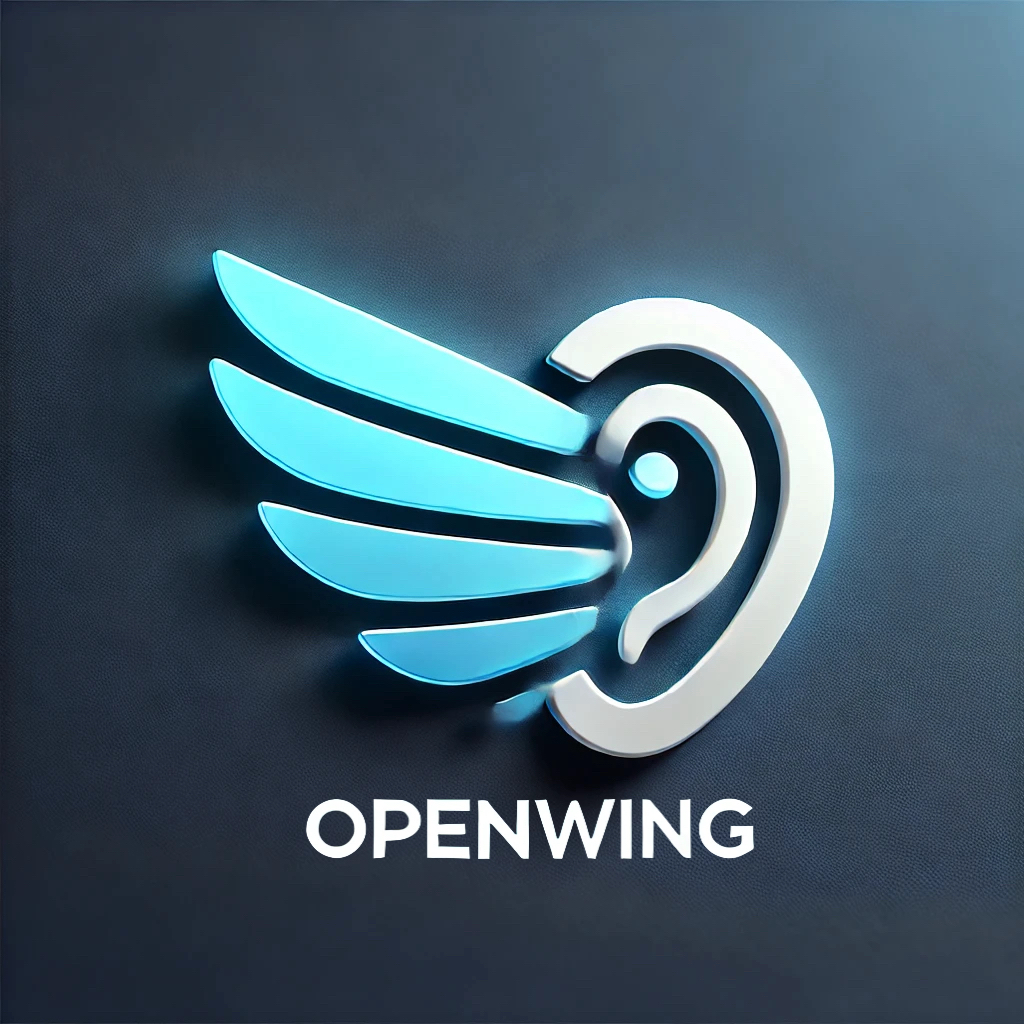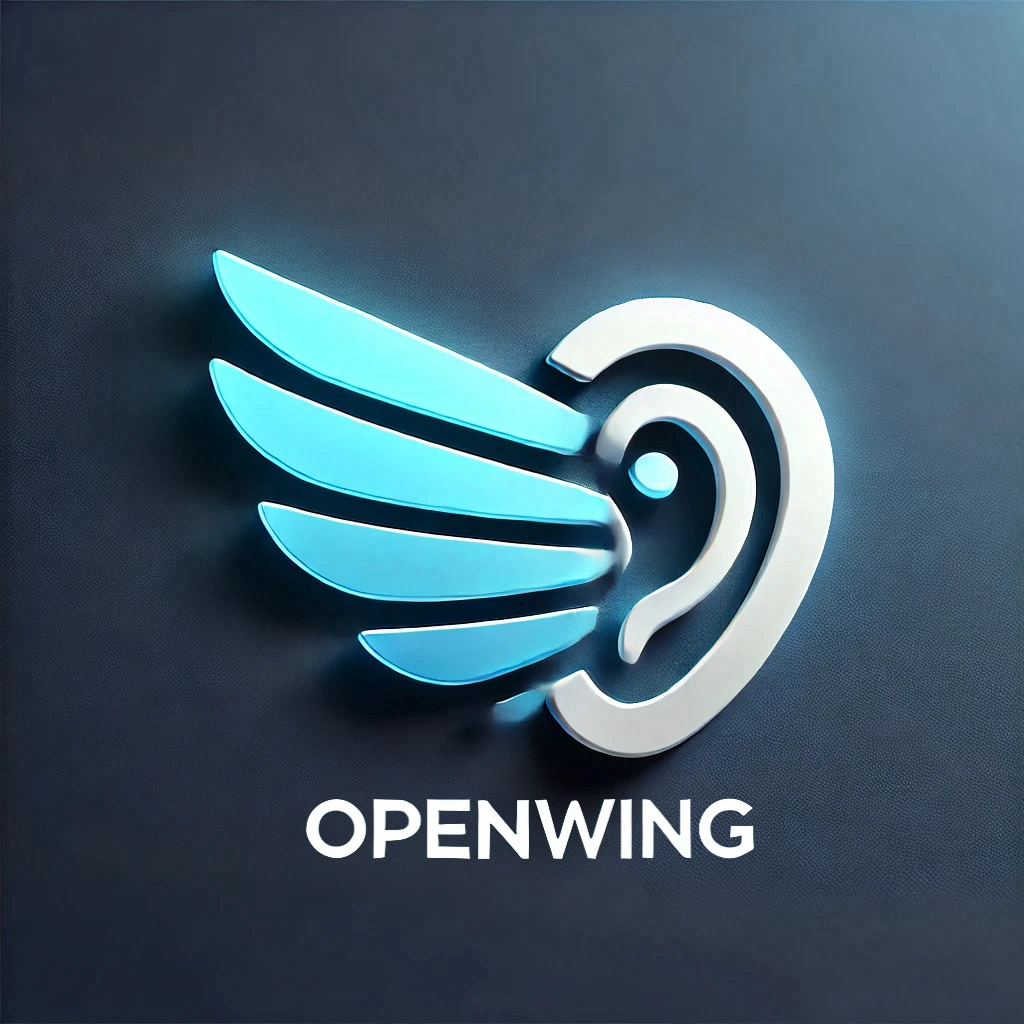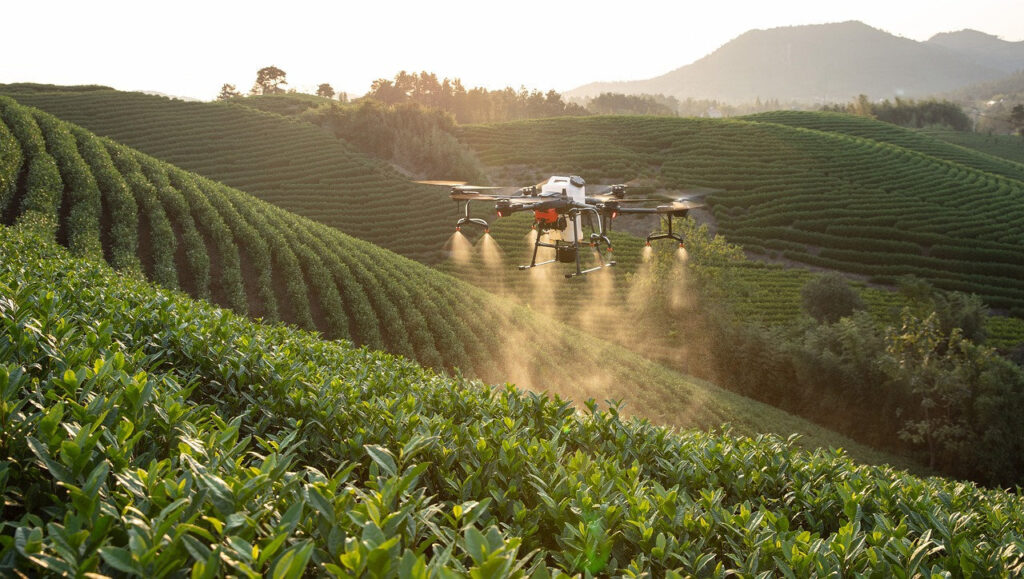In an era where technological advancements are breaking new ground daily, the Internet of Things (IoT) stands out as a revolutionary force reshaping industries across the globe. Particularly in agritech and smart farming, IoT is driving a digital transformation that promises to enhance productivity, optimize resource management, and mitigate the environmental impacts of modern agriculture.
Paul Marshall, Chief Commercial Officer at Eseye, provides crucial insights into the evolving landscape of IoT, emphasizing its growing significance in agritech. The fusion of information technology with agriculture isn’t just a trend; it’s an evolutionary step crucial for addressing the pressing challenges of the 21st century, from climate change to the pressures of feeding a booming global population.
IoT: Catalyzing Change in Agritech
IoT’s penetration into the agricultural sector has spurred the development of intelligent systems that offer transformative solutions. These innovations promise to revolutionize farming practices by enabling data-driven decision-making, thereby boosting crop yields and improving overall farming techniques.
Recent reports from Berg Insights underscore the rapid expansion of IoT in agriculture. The number of wireless devices in the sector is projected to grow at a robust compound annual growth rate (CAGR) of 8.1%, soaring from 25.2 million connections in 2022 to a projected 37.1 million by 2027. This growth is mirrored in cellular connections, predicted to rise from 1.8 million in 2022 to 4.0 million by 2027 at a remarkable CAGR of 17.7%, highlighting the burgeoning demand for connectivity solutions in agriculture.
Bridging Traditional Farming with Modern Technology
Agriculture, the bedrock of human civilization, faces significant threats from erratic weather patterns, environmental fluctuations, and economic instability. Here, IoT serves as a bridge, marrying traditional farming techniques with modern technology to forge a path toward sustainable and more efficient agricultural practices. This integration is not just about survival; it’s about enabling the industry to thrive despite formidable challenges.
IoT empowers farmers with a network of interconnected sensors, drones, autonomous vehicles, and automated hardware, all linked via cloud platforms. These networks collect and analyze vast amounts of data on soil moisture, crop health, weather conditions, and equipment status. Farmers can leverage this data to gain actionable insights and make informed decisions, significantly enhancing their operational efficiency.
Enhancing Crop Management and Yield
One of IoT’s most significant contributions to agriculture lies in enhancing crop management. Strategically placed sensors provide farmers with real-time data on crucial parameters like temperature, rainfall, humidity, wind speed, pest infestation, and soil pH levels. This data, precisely collected and securely stored, is accessible only to authorized personnel, ensuring farmers can monitor their fields from anywhere without the need for constant physical presence.
Drones equipped with high-resolution cameras offer aerial views of farms, enabling the gathering of real-time data over vast areas. This technology helps farmers assess crop health, identify issues early, and increase the accuracy of crop monitoring and maintenance, ultimately leading to significant financial benefits.
Optimizing Resource Use and Sustainability
Water management is a critical concern in agriculture, particularly in regions with scarce or unpredictable rainfall. IoT addresses this issue through smart irrigation systems that adjust watering schedules and volumes based on real-time soil sensor data. This approach reduces water wastage and ensures optimal plant growth.
Additionally, IoT enhances the precision of pesticide and fertilizer application, minimizing runoff and pollution. These advancements mark a significant step toward sustainable and eco-friendly farming practices.
Boosting Farm Operational Efficiencies
IoT is transforming farm management by automating routine tasks and freeing up valuable workforce time. Smart tractors and farm vehicles equipped with GPS and IoT connectivity can autonomously perform tasks such as seeding, plowing, and harvesting more efficiently. This automation reduces dependence on manual labor, making farming practices more scalable and less prone to costly errors.
Moreover, IoT facilitates predictive maintenance of farm equipment. Sensors can forecast equipment failures, thereby minimizing downtime and repair costs.
Challenges and the Road Ahead
Despite IoT’s promising potential, its global integration in agriculture faces challenges, including high initial costs, device management complexities, and data security concerns. Overcoming these hurdles requires robust rural internet connectivity to ensure effective data transmission.
Looking ahead, integrating IoT with advanced technologies such as artificial intelligence (AI) and machine learning could revolutionize farming further. As businesses innovate and policymakers support sustainable practices, IoT’s potential to secure food and environmental sustainability becomes increasingly critical. This synergy signals a paradigm shift in agricultural methods, heralding a brighter future for global food security.


